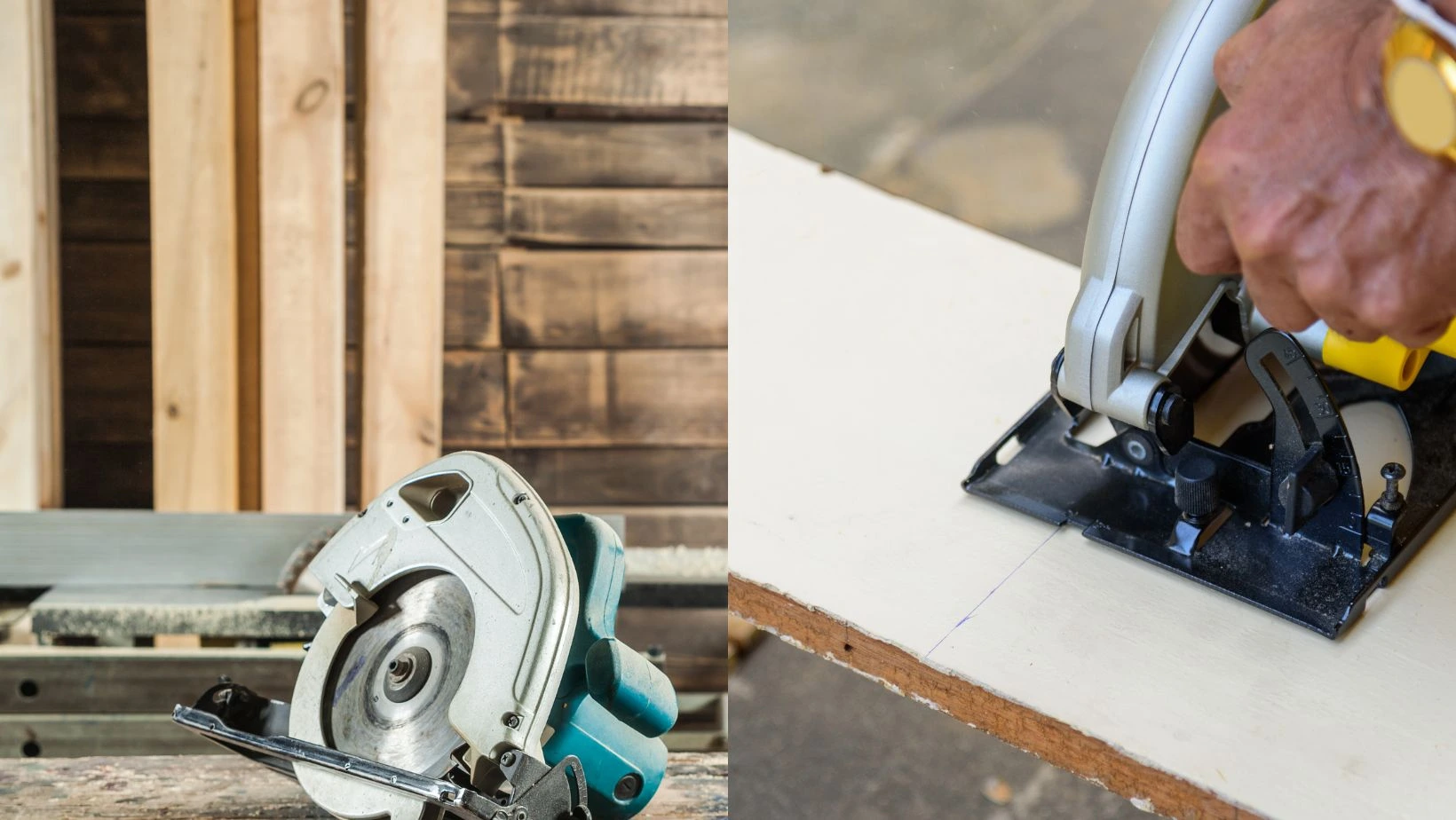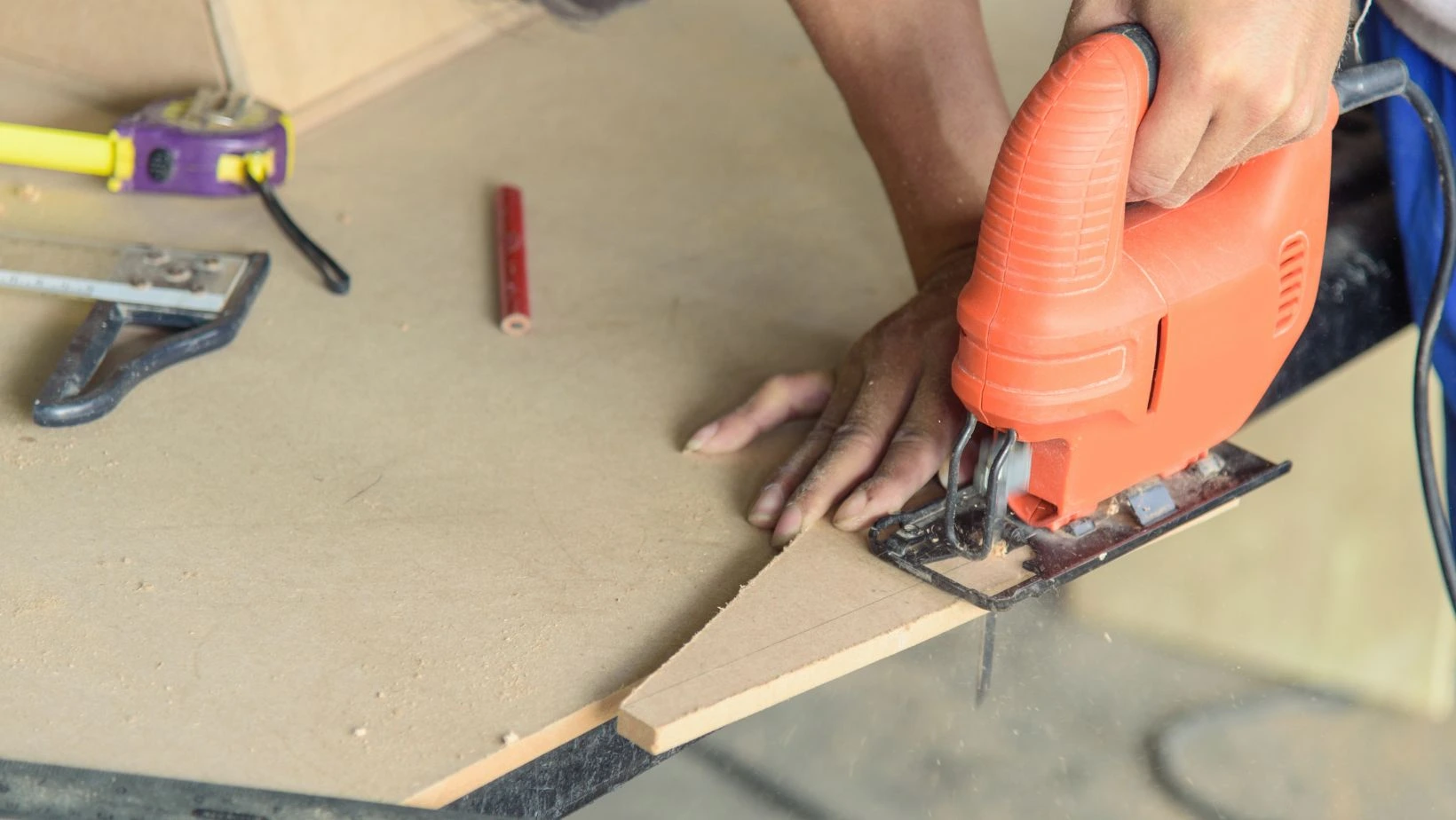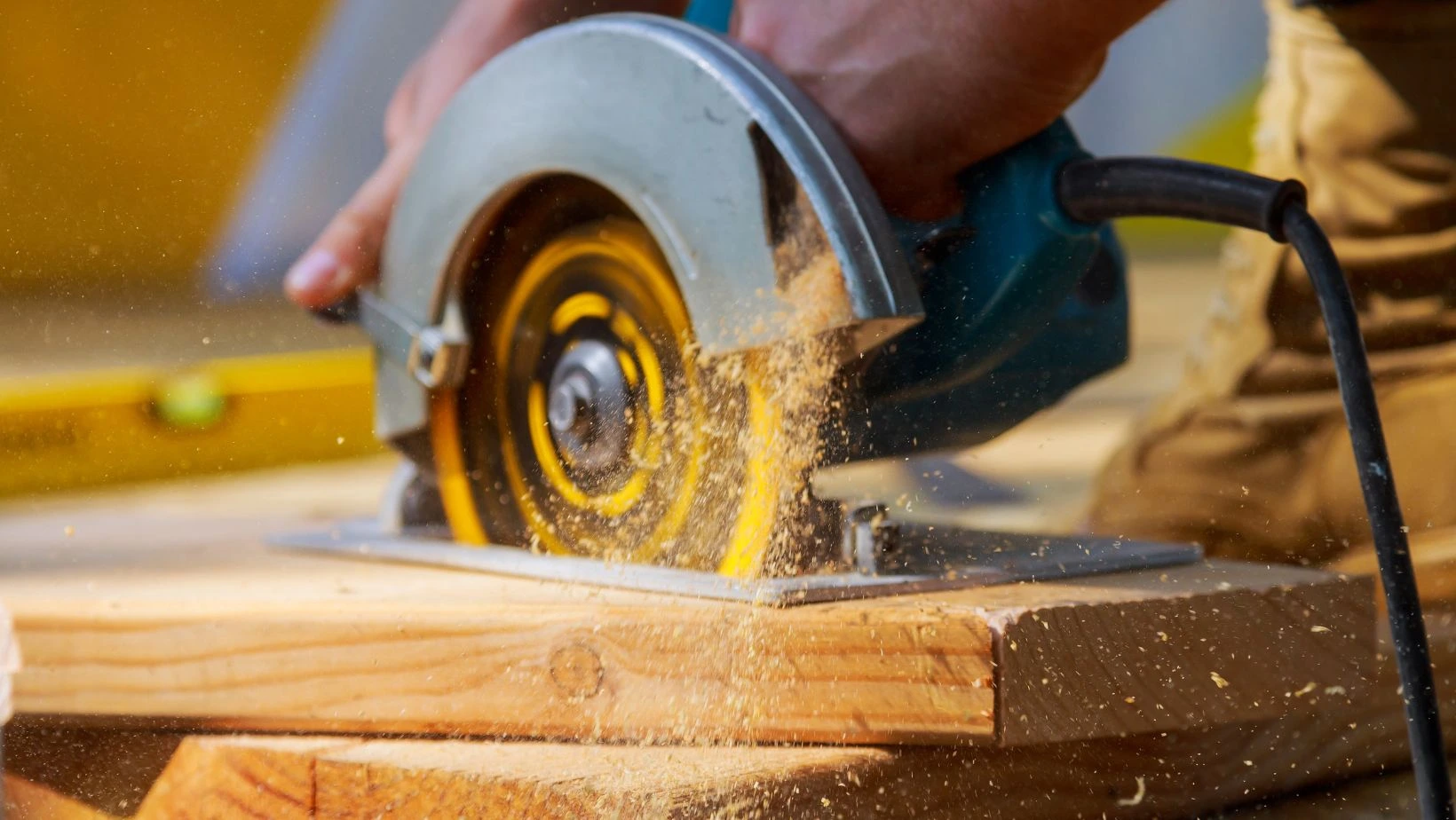Nothing compares to the sound of engines revving and metal grinding against itself—a classic showdown between two power tools. It’s an epic duel between a Jigsaw and a Circular Saw. Which tool will prevail? These powerhouse saws have been around since before DIYers started tearing down walls, building decks, and completing home makeovers. Both are fierce competitors in any woodworking time trial, proudly displaying their specialized cutting abilities like no other mechanical tool out there. So who is the ultimate sawmaster? We’ll find out today as we pit Jigsaw vs. Circular Saw in this dynamic saw showdown!
What is a Jigsaw?
A jigsaw is an incredibly versatile power tool that is used for cutting shapes and patterns through a range of materials. It features a motor-driven, toothed blade that moves back and forth against a work surface, enabling intricate cuts to be made through wood, plastic, and metal materials. Jigsaws typically come in either corded or cordless models, with cordless being more convenient for those who need portability while working on their projects. Cordless models offer up to two hours of run time on a full charge, although they do require regular charging when they are not in use. Both types come with safety features such as speed settings and guards, allowing users to adjust the speed depending on their material and project needs. There are also multi-blade jigsaws available which help create complex patterns quickly and easily without needing multiple tools.
Strengths & Weaknesses of a Jigsaw
A major strength of a jigsaw is its versatility and efficiency when cutting intricate shapes, letters, numbers, and words. The compact design of the jigsaw allows for better control compared to alternative power saws and requires less effort on the part of the user. This makes it ideal for use in tight areas where other saws may be too cumbersome or difficult to maneuver. Additionally, the range of blades available for a jigsaw increases its versatility further, allowing for straight cuts, curved cuts, miter cuts, plunge cuts, and even compound cuts, which require special blade designs.
On the other hand, one of the weaknesses of a jigsaw is that it does not offer much power when compared to other saws like circular saws or reciprocating saws, meaning that it is best suited for smaller jobs where precision matters more than power.
What is a Circular Saw?
A circular saw is a power tool that utilizes a toothed disc for cutting materials and is used in various applications. The disc of a circular saw is typically made from steel and contains numerous teeth that spin quickly upon activation enabling cuts to be made with incredible speed and precision. This type of saw can cut through most materials, including wood, metal, pipes, and even stone. Both corded and cordless varieties of the circular saw are available for the user to choose from according to their specific ambition.
Circular saws can also be modified in certain ways to increase the range of applications they can be used for. Some common modifications include blade guards, which protect users from sparks or other debris ejected during the cutting process; depth adjustment mechanisms that allow users to adjust how deep into the material they want to cut; and dado blades, which are perfect for making slots or grooves in woodworking projects. With these modifications, compared to plain blade circular saws, users are able to use their tools for nearly any cutting task imaginable.
Strengths & Weaknesses of a Circular Saw
The strength of a circular saw is its ability to make straight cuts with precision. They are known for having the most accurate cuts on the market and can cut quickly and accurately at high speeds making them ideal for construction projects that require efficiently cut pieces of wood. The convenience of a cordless circular saw also makes it more portable than other types of power tools, allowing users to work in outdoor or hard to reach areas without access to an outlet.
The weakness of a circular saw is its inability to make curved cuts. This means that if you need a curved line or shape, you will have to use a different tool. Additionally, if the blade becomes dull, you risk having inaccurate cuts or splintering wood when making straight cuts.
Overall, circular saws are great for making straight line cuts at high speeds and accuracy; however, it’s important to remember that they cannot make curved or specially shaped cuts and may require more frequent blade replacements as well as extra effort when maneuvering in tight spaces.
Final Thoughts - Which Saw is Best Suited for Your Task at Hand?
So, when it comes down to it and you have to pick just one, which should you go for? It depends on your needs. If you’re looking to do some serious work and need to cut through boards quickly, then a circular saw is the better option for you. But if you’re working on more intricate shapes or detailed number cutting, then a jigsaw is going to be your best bet. No matter which tool you choose, both can help make your projects run more smoothly and leave you feeling satisfied with your work.











